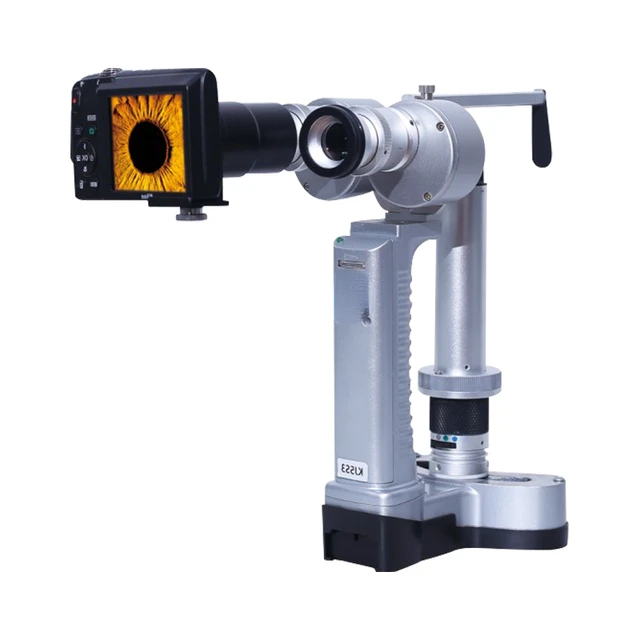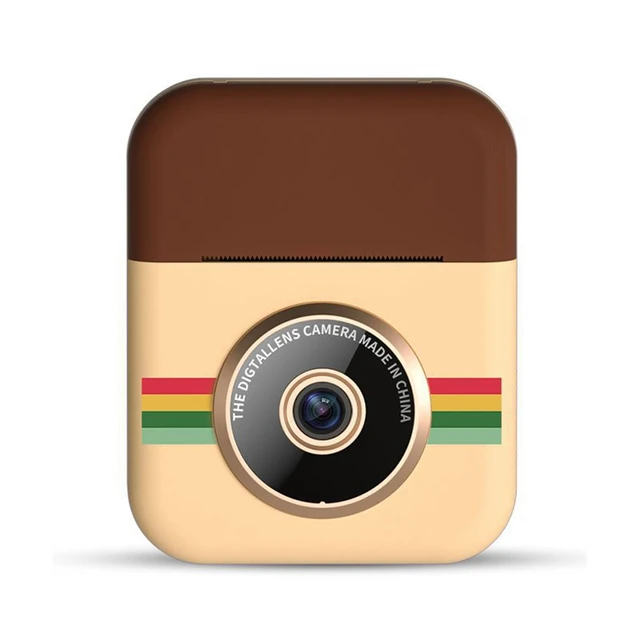 Introduction:
Introduction:
Cameras have revolutionized the way we capture and preserve moments in history. The journey of camera development spans centuries, beginning with the invention of the camera obscura and leading to the creation of the modern digital cameras we use today. when was the 1st camera invented?In this comprehensive guide, we will explore the history of cameras, starting from the invention of the first camera and tracing its evolution through various technological advancements. By understanding the origins of the camera, we can appreciate the incredible progress and innovation that has shaped the world of photography.
The Invention of the Camera Obscura
Camera Obscura:
The camera obscura, which means “dark room” in Latin, was the precursor to modern cameras.
It consisted of a darkened chamber with a small hole or lens that projected an inverted image onto a surface inside the chamber.
Ancient Origins:
The principles of the camera obscura were known to ancient civilizations like the Ancient Greeks and Chinese.
Early references to the camera obscura can be found in ancient texts and writings.
Evolution of Early Camera Devices
Renaissance Developments:
During the Renaissance, artists and scientists began experimenting with improving the camera obscura.
Innovations included using lenses to improve image clarity and incorporating mechanisms for capturing and preserving the projected images.
17th-18th Century Advancements:
In the 17th and 18th centuries, inventors and scientists made significant advancements in camera technology.
Portable camera obscuras were developed, allowing artists and travelers to capture images more conveniently.
Birth of Photography
Joseph Nicéphore Niépce:
Joseph Nicéphore Niépce is credited with producing the world’s first permanent photograph in 1826.
He used a camera obscura and a bitumen-coated plate to capture the image, which required several hours of exposure time.
Louis Daguerre and the Daguerreotype:
Louis Daguerre, a French inventor, developed the daguerreotype process in the 1830s.
The daguerreotype was the first practical photographic process, producing detailed and finely detailed images.
 Evolution of Camera Technology
Evolution of Camera Technology
Collodion Process:
The collodion process allowed for faster exposure times and the production of multiple prints from a single negative.
Dry Plate Process:
Dry plates allowed for more convenient and portable photography, as they did not require immediate developing.
Roll Film:
The introduction of roll film in the late 19th century revolutionized photography.
Roll film allowed for multiple exposures without needing to change photographic plates, making photography more accessible and convenient.
Arrival of Digital Cameras
Early Digital Cameras:
The concept of digital imaging began in the 1950s, but it wasn’t until the late 20th century that digital cameras became commercially available.
Advancements in Digital Technology:
Rapid technological advancements led to significant improvements in digital cameras.
Higher resolution sensors, increased storage capacity, and the ability to instantly view and share images became standard features.
Conclusion
Cameras have the ability to capture and preserve moments by capturing still images or recording videos. They offer various functionalities such as adjusting exposure, focus, and white balance, allowing users to control the composition, lighting, and overall quality of their photographs or videos. With features like zoom, image stabilization, and different shooting modes, cameras provide flexibility and versatility in capturing a wide range of subjects and scenes, empowering users to express their creativity and preserve memories.
The invention of the camera obscura laid the foundation for the development of modern cameras. From the early experiments with camera obscuras to the birth of photography and the subsequent evolution of camera technology, we have witnessed remarkable progress in capturing and preserving images. The journey from the first permanent photograph to the digital cameras work of today has transformed the way we document our lives and our world. By appreciating the history and innovation behind the camera, we can better understand the power and significance of this incredible invention.
Leave a Reply